Thailand's Battle of the Beaches: Phuket, Samui, Krabi or Trat?
13 novemBER 2023
Ko Samui, here we come! Or maybe Phuket? What about Krabi? Err… what’s the difference? Thailand's beaches are famous for their fine white sand, aquamarine crystal clear waters and user-friendliness offered by the smiling locals. For these reasons, the popular destinations are becoming more developed bringing both pros and cons.
One of the most common questions we field from guests about to embark on a trip to Thailand is which beach they should head to. That’s a bit like asking which episode of Seinfeld is the best one – there are a few standouts, but everyone has their own reasons for their personal fave.
But that’s not to say that there aren’t some important differences to take into consideration. Not all beaches are created equal, and in Thailand, their utility varies greatly. Some are beloved by partiers and young kids looking to let loose, others are beloved by retirees or families, and a few special ones cater to those who don’t want to do anything but chill out and gaze at the horizon.
Let’s take a look at the most popular destinations and why they’re different. Each of them offers some (or all) of the conditions for each of the groups listed above, but not all share the same climate, travel convenience, or costs.
Ko Samui
Thailand’s second-largest island (228 square kilometers) is one of its most popular, with around 1.5 million tourists visiting each year (that’s 4,100 a day!). It’s got an airport and – according to hotel booking site Agoda – almost 2,500 hotels, from 1-star dorm rooms to 5-star luxury retreats. One of the cool things about Samui is that a strict(-ish) building regulation – not allowing any buildings taller than a coconut palm tree – means that there are no high-rises or tall hotels, giving the island a slightly less urbanized feeling.
That’s not to say it’s a quiet backwater – every western convenience is represented, from Starbucks to shopping malls to movie theaters. You can dance and drink and party (if that’s your thing) and recover the next morning on any number of beaches large or small.
Due to its location in the Gulf of Thailand, its monsoon season is slightly longer (around September-November) and, because of the relatively shallow depth of the Gulf, the water can often be quite cloudy during this time too. Not great for snorkeling or diving, but still blue, warm and welcoming.
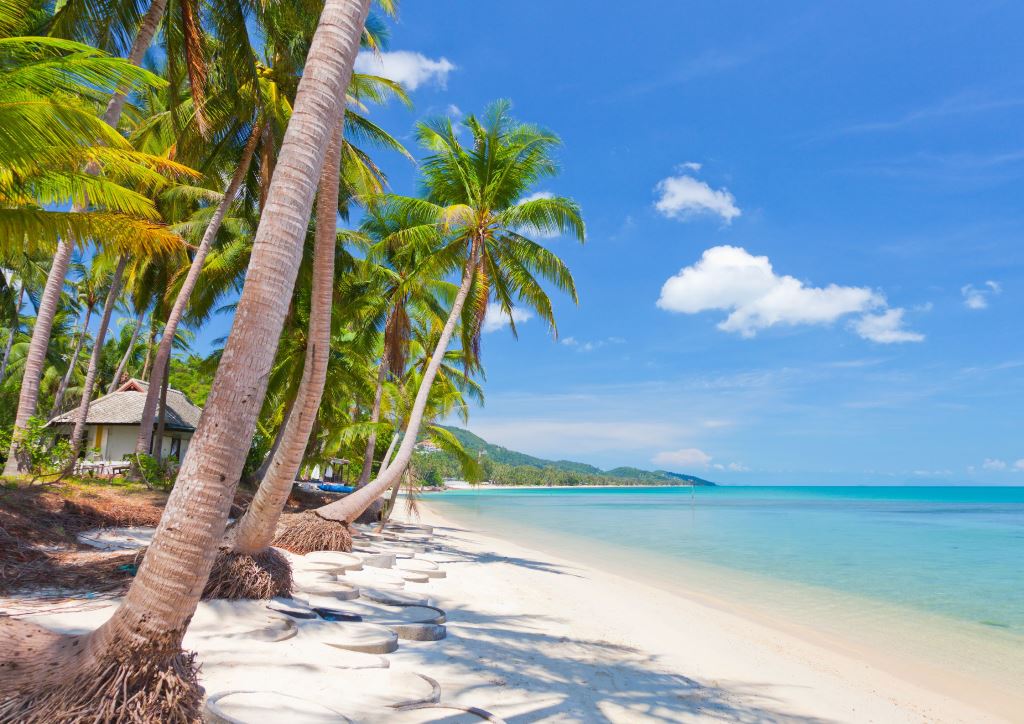
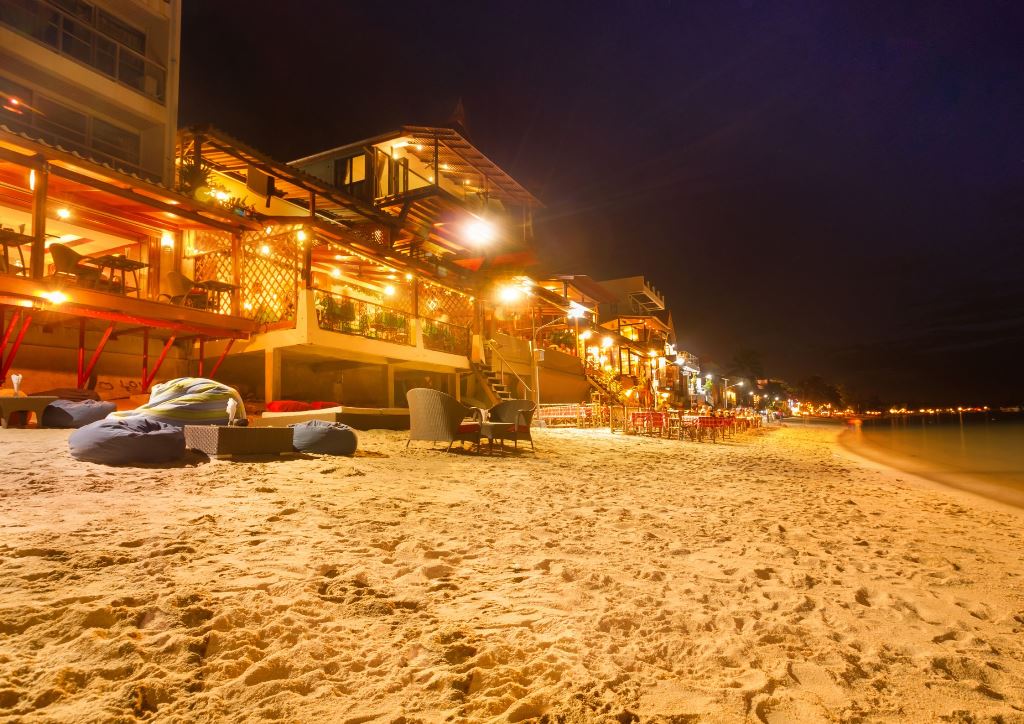
Phuket
Thailand’s largest island is so big (543 square kilometers) that it is its own province. To say it’s busy would be a bit of an understatement – it gets nearly 8 million visitors per year (that’s, uh… wow, 24,000 per day), which means if you’re looking for peace and quiet and isolation beyond your resort, this may not be your best bet (unless you’re prepared to do some serious exploring/riding/hiking/walking).
The main benefits Phuket offers are its vast selection of quality resorts, dining and entertainment venues. Along with some fabulous beaches and many smaller surrounding islands, you have yourself a place that’s got something for everyone. Phuket is the launching site for some of the best scuba diving in the world and sea kayaking and snorkeling around the spectacular karst islands of Phang Nga provides lots of optional activities to choose from. Phuket Town is an architectural gem, making the island a great destination for those who want a bit of culture with their beach holiday. The monsoons tend to end a little sooner here than in the gulf as well, generally September-October.
Phuket’s international airport also makes it easily accessible with regular direct flights not only from Bangkok, but also from Australia, the Middle East and many of Asia’s airport hubs.
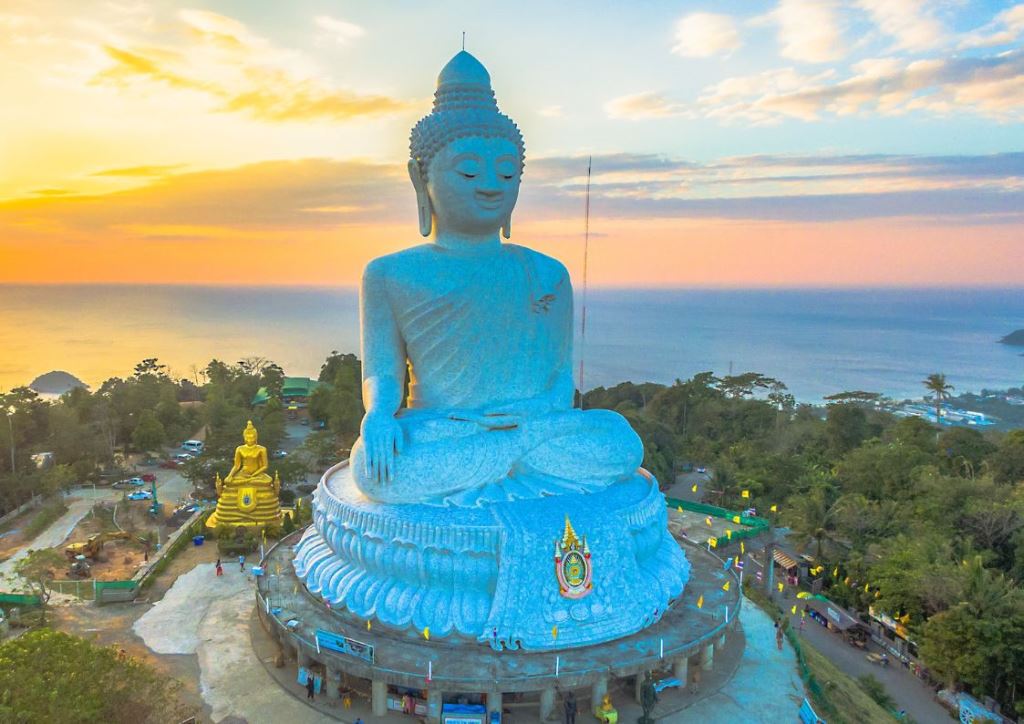
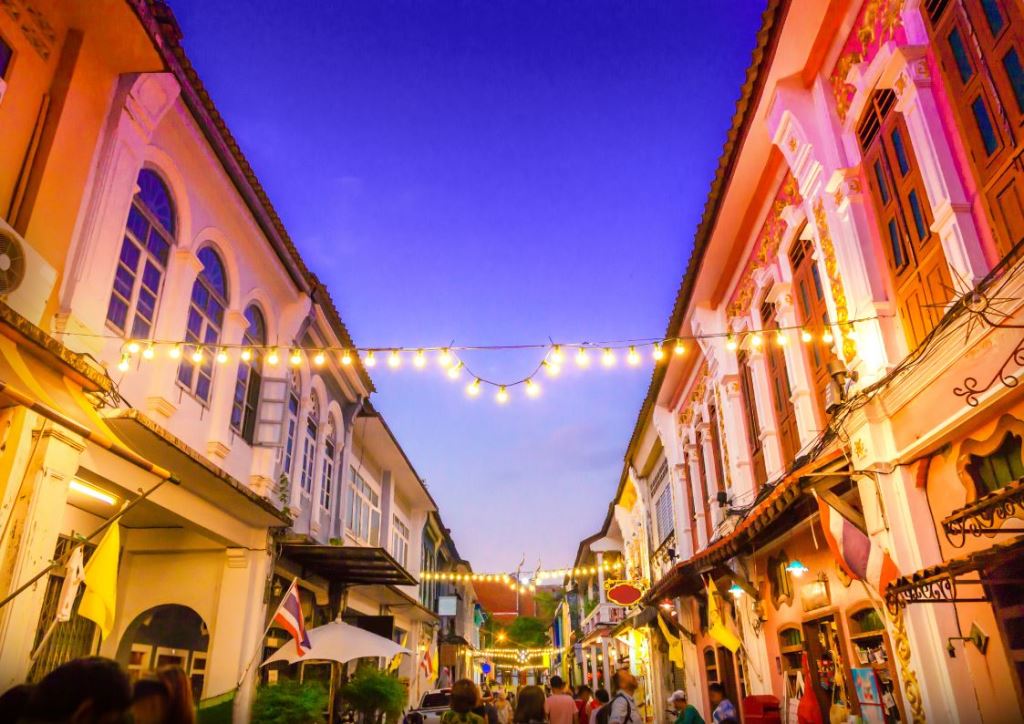
Krabi
Krabi is somewhat of a little sister to Phuket – not as crowded (~4 million visitors per year), not as expensive, not as developed, but still with enough to do to keep almost anyone busy, and better for longer, more relaxed stays. It’s much easier to get away from the crowds in Krabi too – a 20-minute drive will take you on some lovely winding country roads to cliffs and mangrove forests, with nary a 7-Eleven to be found.
However, Krabi is not a deserted paradise either – while it’s not (yet) as densely hoteled or touristed as Phuket, its most popular destinations of Koh Phi Phi and Railay beach can get very crowded, especially during high season, to the point that you might find it challenging to get a photo without a group of strangers in the background. That being said, a bit of effort – and a matching bit of money – will reward you with a quiet beach to lay on, an uncrowded cliff to climb up, or some clear blue water to swim in. It also tends to rain slightly less in Krabi compared to Phuket.
Krabi International Airport also offers direct flights from Kuala Lumpur, Singapore and Doha, besides Bangkok, but on more limited schedules.
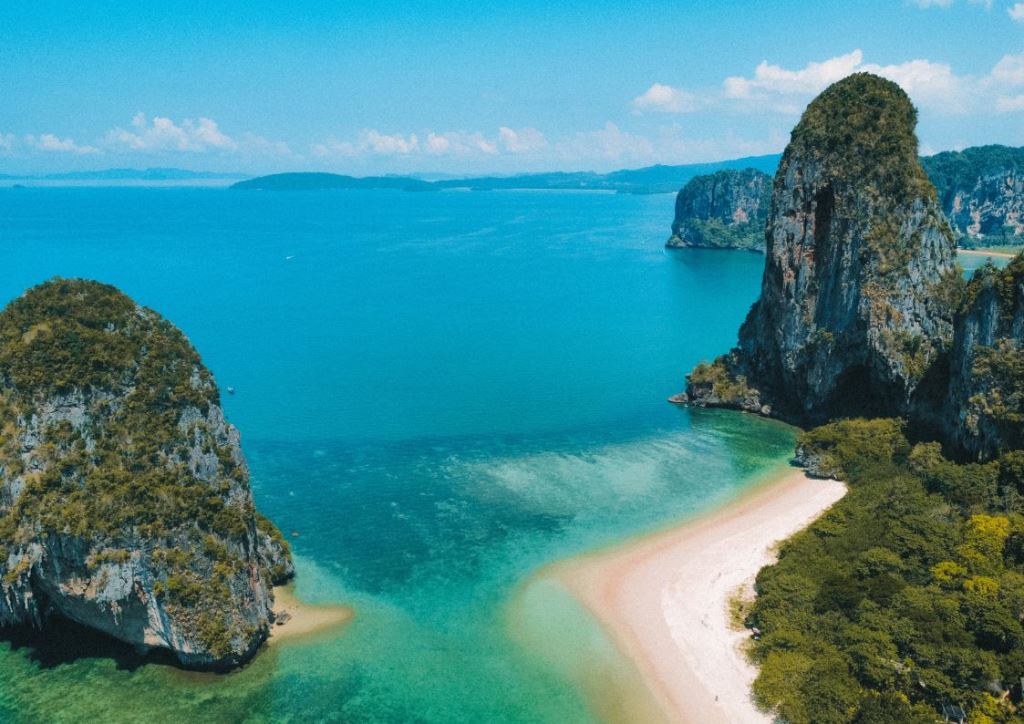
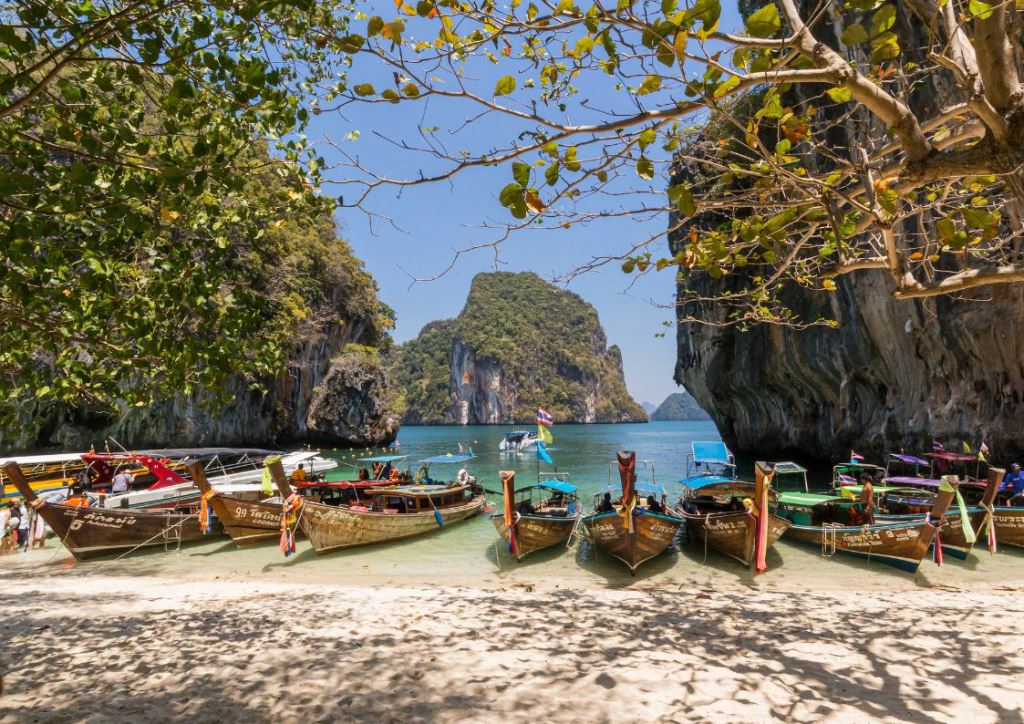
Trat & Around
The island of Koh Chang and its neighbours – Koh Mak and Koh Kood – are the easternmost islands in Thailand and relatively undeveloped – besides the popular western side of Koh Chang. Slightly more difficult to reach, needing either a five-hour drive from Bangkok or a flight to Trat Airport and then a speedboat ride, these islands offer peaceful solitude and quiet beaches.
The mix of family-run bungalows and luxurious resorts are generally less costly than the previously talked about locations, and the service generally reflects that.
The one stand-out is Soneva Kiri Resort on Koh Kood, offering exceptional service and facilities in rustic luxury. This all-inclusive resort has its own airport for easy access to Bangkok and Siem Reap.
This region of Thailand receives almost double the average rainfall of Phuket and Krabi, however, like most rain throughout Thailand, it comes mostly during the short “green” season in short, heavy downpours.
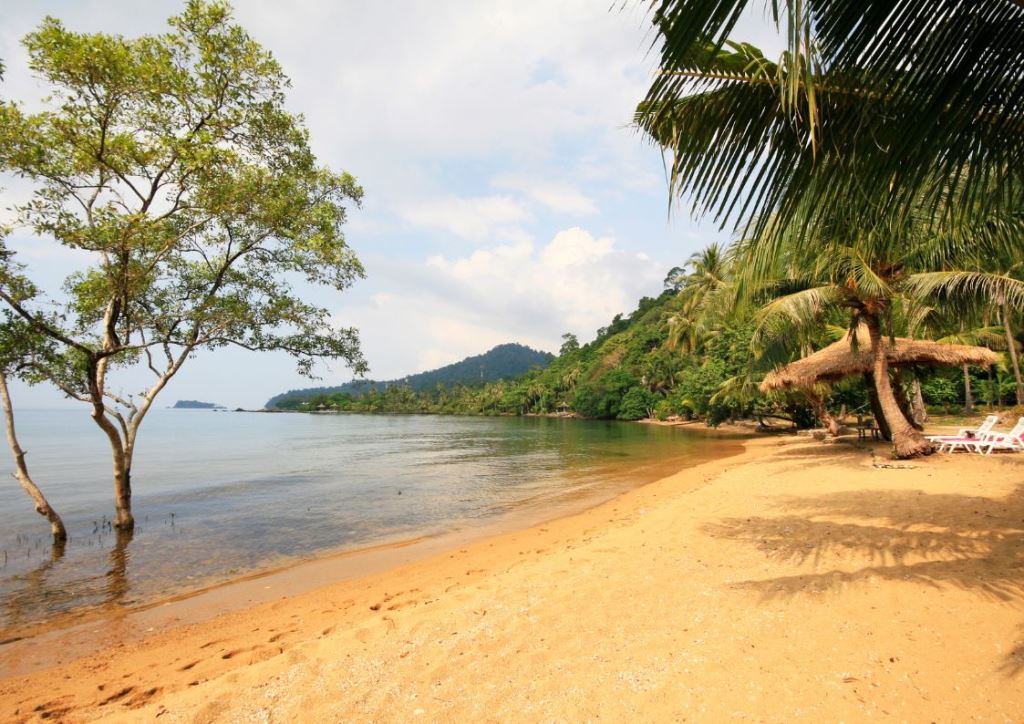
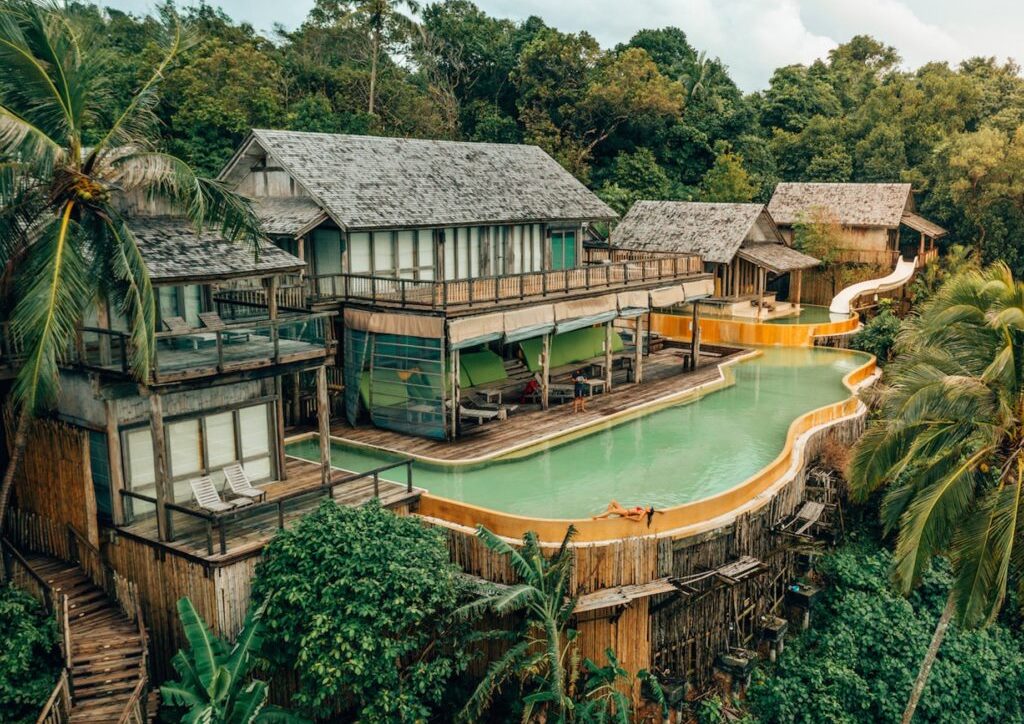
We hope you find this comparison of Thai beach destinations helpful. If you are planning a beach getaway in Thailand and are looking for honest advice and help to plan the best and most seamless trip possible, contact us!
